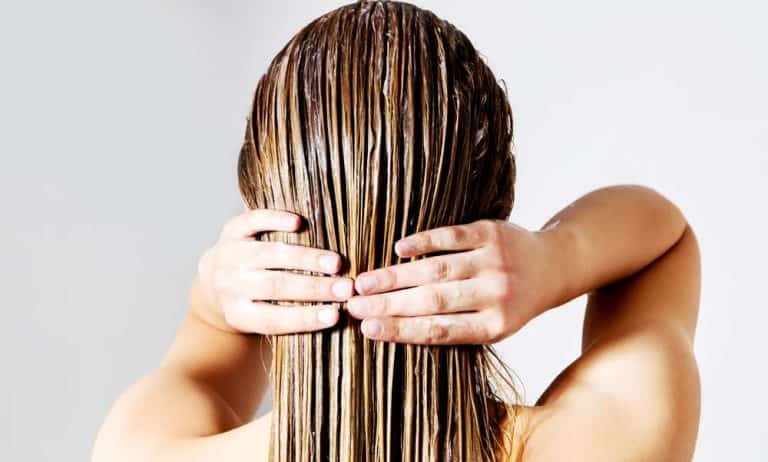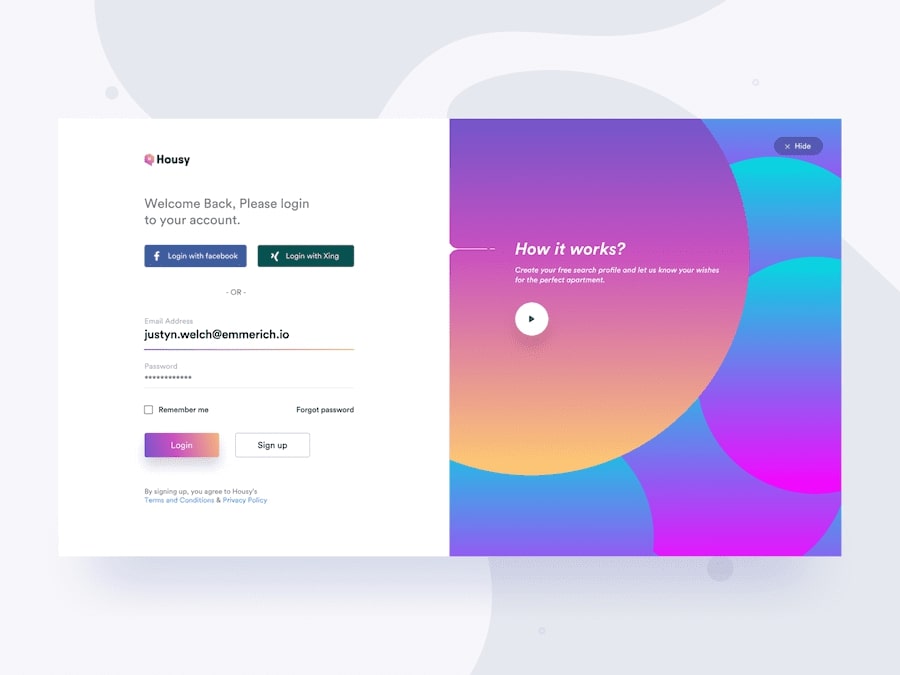Table Of Content
- Can You Apply Semi-Permanent Dye to Wet Hair?
- Hair Dyes That Work Best On Wet Hair
- Can You Put Hair Dye on Wet Hair?
- Can You Bleach a Wet Wig? Tips, Pros, Cons & Care Guide (
- Prevents Full Absorption Of Dye
- Is It Better to Dye Your Hair Wet or Dry?
- Step 3 – Apply the hair dye based on the package instructions
- The Benefits of Dyeing Wet Hair

As we shared above, you can dye damp hair if you are using semi-permanent dye and are not looking to drastically change the color of your hair. If you are using permanent hair color or want a more dramatic change, the answer to “can I dye wet hair” is usually no. Semi-permanent dyes are designed to coat your cuticles, changing your hair color for a short period. Semi-permanent colors are free of peroxide and ammonia developers.
Can You Apply Semi-Permanent Dye to Wet Hair?
Special recommendations for those who dye their hair in light colors, when brown-haired women or brunettes want to turn themselves into blondes. When the hair is saturated with hair dye, the hair absorbs its components. When you are dyeing your hair, it takes on the effects of these harmful components.
Hair Dyes That Work Best On Wet Hair
Here's Why You Might React To Hair Dye After COVID-19 - Refinery29
Here's Why You Might React To Hair Dye After COVID-19.
Posted: Fri, 08 Oct 2021 07:00:00 GMT [source]
When mixed with water, bleach becomes less effective, resulting in poorer results. It is usually recommended that you avoid shampooing before bleaching your hair. Dry or damaged hair tends to absorb more water and become saturated, leaving no space for permanent dye absorption. A little moisture can save the day when you don’t have enough dye.
Can You Put Hair Dye on Wet Hair?
Back then, I began with a head of dry and dirty hair (as per the instructions on the pack) and used the then-popular peroxide bleach to create highlights. You can still rinse it with lukewarm water and use a conditioner to give your hair some much-needed love after coloring. Using a deep conditioner after you dye your hair can also help reduce any dryness and damage. You may also want to avoid shampooing right after you color your hair. Your favorite shampoo may strip your new color away, causing premature fading. To prevent this, wait about 48 hours after coloring your hair to wash it.
For the color to pop and last longer, many stylists recommend that you towel-dry your hair to reduce excess water such that the hair is not soaking wet but damp. These pigment granules are responsible for the natural hair color and protect the hair from damage caused by sunlight. Bleached hair, as it is, is already quite fragile due to the cuticle layer getting stripped off from the bleaching process. Getting your hair wet will only make it more prone to chemical damage.
This will help you to apply the dye evenly and ensure that all parts of your hair are covered. Or browse to our blog for more interesting information, including hair care and hair extensions. Pay attention to the pH balance and texture of your strands before applying any product. Additionally, choosing to wet balayage with a professional will allow for subtle dimension in coarser or thicker hair types. Finally, whether you choose to wet your hair before dyeing is entirely up to you.
How To Maintain Dyed Hair During The Summer - NYLON
How To Maintain Dyed Hair During The Summer.
Posted: Fri, 21 Jun 2019 07:00:00 GMT [source]
Is It Better to Dye Your Hair Wet or Dry?
Plus, some color kits you use at home is not enough standard for wet hair. Therefore, we advise you to leave this process for the pros. They help you avoid unwanted disasters and get trendy hair. Hair cuticles will open, and water will help distribute the liquids.
Step 3 – Apply the hair dye based on the package instructions
If a sun-kissed hair color is what you’re after, then reach for this at-home hair color kit, which comes with a touch applicator. Well, you don’t actually have to spend any time outside to get them! Consider babylights, which are super-skinny highlights that are generally one shade lighter than your natural color. If you go to a salon, your colorist will decide whether or not to wash your hair based on their experience. Before applying the dye, always do a hair strand test to see how your hair reacts. A hair strand test involves applying a small sample of the desired dye.
The Benefits of Dyeing Wet Hair
Although demi-permanent hair dyes should be used on dry hair, they are still safe for wet hair. If you choose demi hair dye, ensure that the color is more likely to bond with the water than the hair. Your hair may result in a softer color than what you were expecting. Non-permanent hair dyes don’t last very long on your hair and are not affected by moisture in the hair, making them perfect for wet hair dyeing. Semi- and demi-permanent hair colors can be used on wet hair. Of course, it is always best to leave hair color to the professionals.
However, whether or not you should dye wet hair ultimately depends on the hair dye formula you’re using, as some products work best on dry hair. One of the myths about coloring hair is that you can apply dye to dirty hair. However, if your hair isn’t clean enough or has too much built-up product, it can prevent the hair color from evenly penetrating the cuticle. Try to wash your hair about 24 to 48 hours before you plan to color it.
When done right, hair dye is an excellent option for people with dry, dull hair. In under an hour you can get attractive and glossy strands. Colored hair captures and reflects light in diverse ways. It can be fun and creative playing around with trending hair dye whether you color your hair regularly or are a newbie to the art. You can do it right in the shower or bathtub, reducing spills on your counter or floor.
There are several methods for applying colour to wet hair, each with its unique benefits. Before you reach for your at-home hair color, it’s important to understand that you may need to treat your hair differently once you’ve actually colored it. To keep your locks feeling soft and to preserve the life of your new hue, follow these tips. For a rainbow shade…try L’Oréal Paris Colorista Semi-Permanent Hair Color or L’Oréal Paris Colorista 1-Day Spray. The former lasts 4-8 shampoos, while the latter lasts one shampoo—both at-home hair color options come in a wide array of rainbow hair colors.
When you wash your hair, especially when you use a clarifying shampoo, you strip away the hair’s natural oil, leaving your hair unprotected. This increases your chances of experiencing scalp and color damage from the dye. This doesn’t mean that you shouldn’t try dyeing wet hair.

First, as we shared above, the type of hair color you are using impacts whether it can be used on wet hair. Semi-permanent dyes will work better on wet hair than permanent dyes will. Ready-to-use temporary dyes contain direct’ colorants[10] that do not penetrate the hair fiber and thus settle on the hair’s surface. As a result, they easily wash off the hair after a short period. On the other hand, semi-permanent dyes contain colorant molecules that penetrate the hair fiber and thus last longer.
Less dye is needed when you color your hair while wet, so you can save some money in the long run. Dyeing safety and pH balance are important – choose a demi- or semi-permanent shade for damp application. Dyeing damp hair gives you a more even color distribution, allowing the dye to be spread evenly throughout your tresses. Choose wisely when selecting a dye; demi-permanent or semi-permanent options are best for wet hair. I see a couple of websites purporting that there are ways to naturally reverse the effects of permanent hair dye. However, I am yet to try some of these ‘remedies’ to say that they work confidently.












